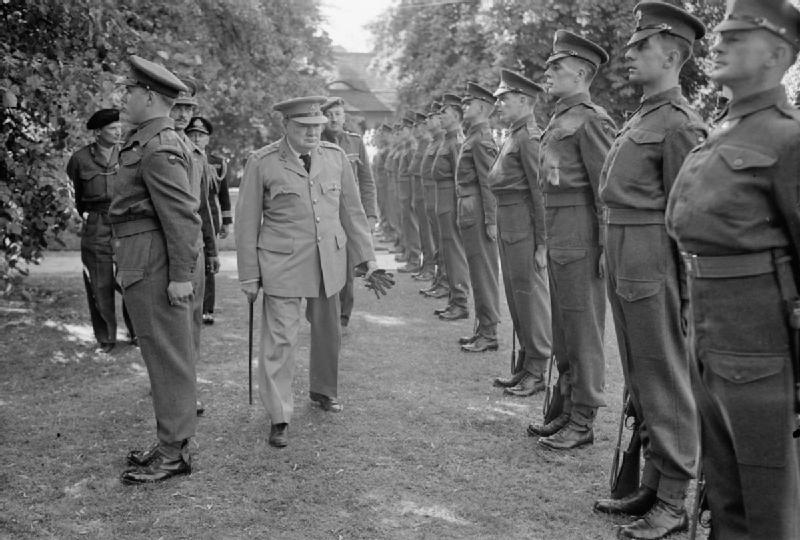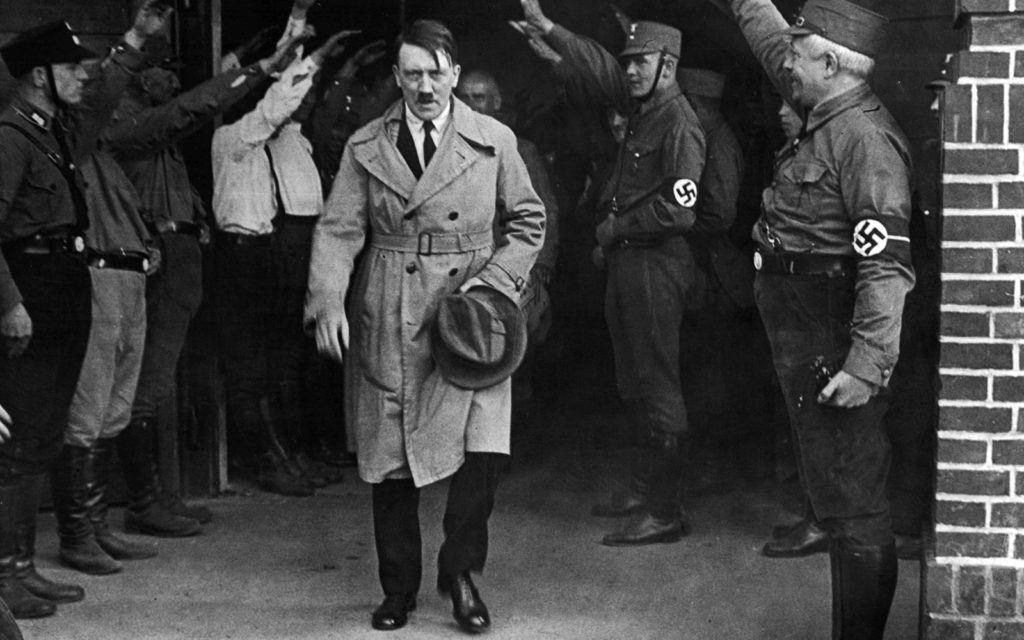The Iron Curtain was an impenetrable ideological barrier. It divided Europe into capitalist and communist groups. It emerged at the end of World War II in 1945 and continued to exist until the Cold War, around 1989-1990.
The term symbolizes the intention and efforts of the Union of Soviet Socialist Republics (USSR) to block itself and its dependent “satellite” states from establishing open contact with the West, its allies, and other non-communist states.

Origins of the term “Iron Curtain”
The term “iron curtain” originally referred to iron safety curtains installed on stages in theaters as an obligatory precaution to slow the spread of fire. It eventually meant the distinction and strict separation that Soviet Russia upheld from the early 19th century.
In 1913, prominent Russian philosopher Vasily Rozanav wrote The Apocalypse of Our Time. Part of the short essay read: “With clanging, creaking, and squeaking, an iron curtain is lowering over Russian history. The performance is over.”
Meanwhile, an article entitled, “Behind the Iron Curtain”, was published in May 1943. It seconded the belief of many Westerners with its statement: “the iron curtain that more than ever before separates the world from the Soviet Union.”
Notable mention must be given to American Writer Alexander Campbell who again used the term in his 1945 book, It’s Your Empire. He wrote, “an iron curtain of silence and censorship [which] has descended since the Japanese conquests of 1942”.
Cold War: Hard Facts
The antagonism between the Soviet Union and the West traces its roots from a range of ideological, political, and economic factors, including:
- Events leading to the Russian Civil War
- Disagreements during and following WWII
- Sovietization of Eastern European nations
These led to non-cooperation and rivalry between the two — going so far as to bring the USSR and the US to the brink of war over a major confrontation surrounding the Cuban missile crisis.
Impact of Sovietization
As Sovietization or efforts to encourage the adoption of a Soviet political system progressed, access to the Eastern Bloc (Communist Bloc or Soviet Bloc) was tightly restricted.
Stalin effectively sealed off access to the point where the entry of foreign journalists and diplomatic access was minimal at best.
That being said, the Allied governments did have some information about what was transpiring behind the curtain. This was most likely because they planted spies within the USSR to steal military secrets and see if it was possible to control their growing global power. However, it wasn’t foul play since the USSR did the same in the West.
This raised tensions between the USSR and the West.
Churchill, in particular, was concerned about the expansionist policies of the USSR.
He accused Stalin of breaking the promises he made in Yalta. He feared that the US might not be the power it was pre-war, which might isolate it and leave the dependent European nations unable to resist Soviet invasion.
These fears led to the introduction of the Truman Doctrine. This stated that “the United States would provide political, military and economic assistance to all democratic nations under threat from external or internal authoritarian forces.”
The Speech that Made “Iron Curtain” a Household Phrase
The term rose in popularity after it was used in a speech by Winston Churchill at Fulton, Missouri on March 5,1946:
From Stettin in the Baltic to Trieste in the Adriatic, an “Iron Curtain” has descended across the continent. Behind that line lie all the capitals of the ancient states of Central and Eastern Europe. Warsaw, Berlin, Prague, Vienna, Budapest, Belgrade, Bucharest and Sofia; all these famous cities and the populations around them lie in what I must call the Soviet sphere, and all are subject, in one form or another, not only to Soviet influence but to a very high and in some cases increasing measure of control from Moscow
Churchill, The Sinews of Peace
Titled “The Sinews of Peace,” the British Prime Minister asserted that it was necessary to form a strong affinity between the UK and the US. It ushered in the cold war, pitting the Soviet Union and the West against each other. This framed the geopolitical landscape for the next 4 decades or so.
Churchill’s landmark speech brought the idea home that while the divide between nations, cities, and people was purely ideological, its symbolic division of democracy and communism was threatening as it was as impenetrable as actual iron.
Joseph Stalin denounced Churchill’s speech as “warmongering.” He claimed that it was a precautionary measure against another invasion. He accused the British prime minister of trying to agitate the USSR-dominated states by establishing ring-wing governments in Eastern Europe.
The Iron Curtain and the Berlin Wall
The iron curtain was a form of border defense. It eventually took physical form with alarms, watchtowers, mines, and even soldiers on guard. Its rigid restrictions were somewhat reduced due to the power struggles following Joseph Stalin’s death in 1953.
However, the construction of the 155-kilometer Berlin Wall in 1961 — made of reinforced concrete and wire mesh — brought them back by stopping citizens in the Soviet-dominated countries from fleeing to the West.
Its sole purpose was to keep people in and information out, so citizens of these states only heard one side of the argument. Radio Free Europe (RFE) — a Central Intelligence Agency-funded media company, tried to get through to the curtain and provide “a full-service substitute” to the censored news in the USSR.
Unfortunately, the broadcasts didn’t last long. The Soviet Union put the media under strict surveillance and used jamming transmitters.
The Fall of the Iron Curtain
In the East the iron curtain behind which, unseen by the eyes of the world, the work of destruction goes on, is moving steadily forward
Lutz von Krosigk, the German foreign minister, in his broadcast on 2 May 1945
“In the East the iron curtain behind which, unseen by the eyes of the world, the work of destruction goes on, is moving steadily forward” — Lutz von Krosigk, the German foreign minister, in his broadcast on 2 May 1945.
The iron curtain ceased to exist around 1989 to 1990 when the fires of freedom and justice burned hotter than ever.
The movement started in May 1989 when Hungary decided to open its borders with Austria. As their decision gained traction, the trade union, Solidarity, won an overwhelming victory in a partially free election in 1989. This led to the fall of communism in Poland.
The revolutions of 1989 started a chain reaction that continued into Hungary, East Germany, Bulgaria, and Czechoslovakia. People advocated for change through nonviolent demonstrations and civil resistance. Romania was the only country where citizens and opposition forces used violence to overthrow the communist regime.

